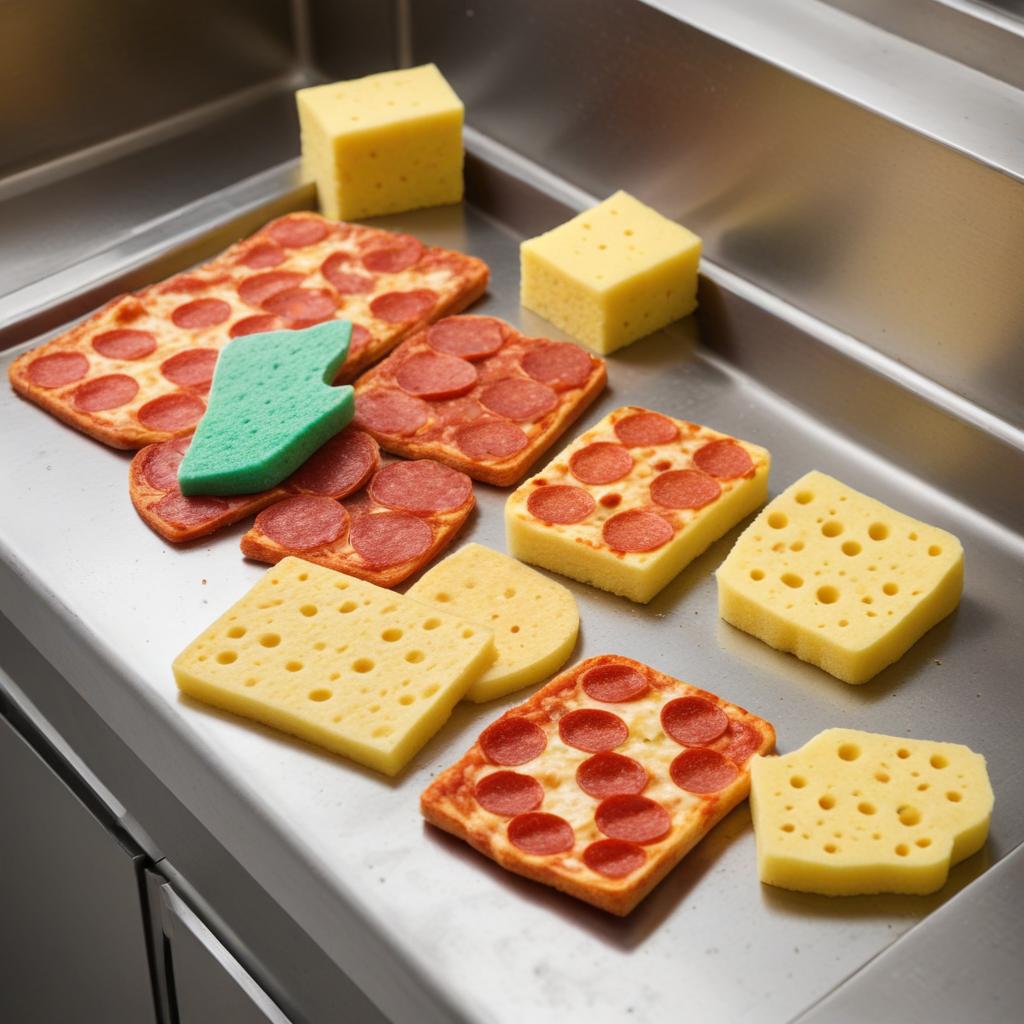
Salmonella Outbreak: 95+ Sickened, Recall Issued!
A salmonella outbreak linked to recalled eggs has sickened at least 95 people across 14 states. Country Eggs LLC has recalled several brands of eggs sold in various stores.
Discover the most recent articles in this category

A salmonella outbreak linked to recalled eggs has sickened at least 95 people across 14 states. Country Eggs LLC has recalled several brands of eggs sold in various stores.

Microbiologists reveal the shocking truth about common kitchen habits that could be making you seriously ill. Learn how to avoid dangerous pathogens and keep your family safe!

Experts reveal the shocking truth about common kitchen mistakes that could be making you seriously ill. Learn how to avoid cross-contamination, properly thaw meat, and store leftovers to stay safe.

A listeria outbreak linked to Fresh & Ready Foods products has sickened 10 people, leading to a voluntary recall of several items.